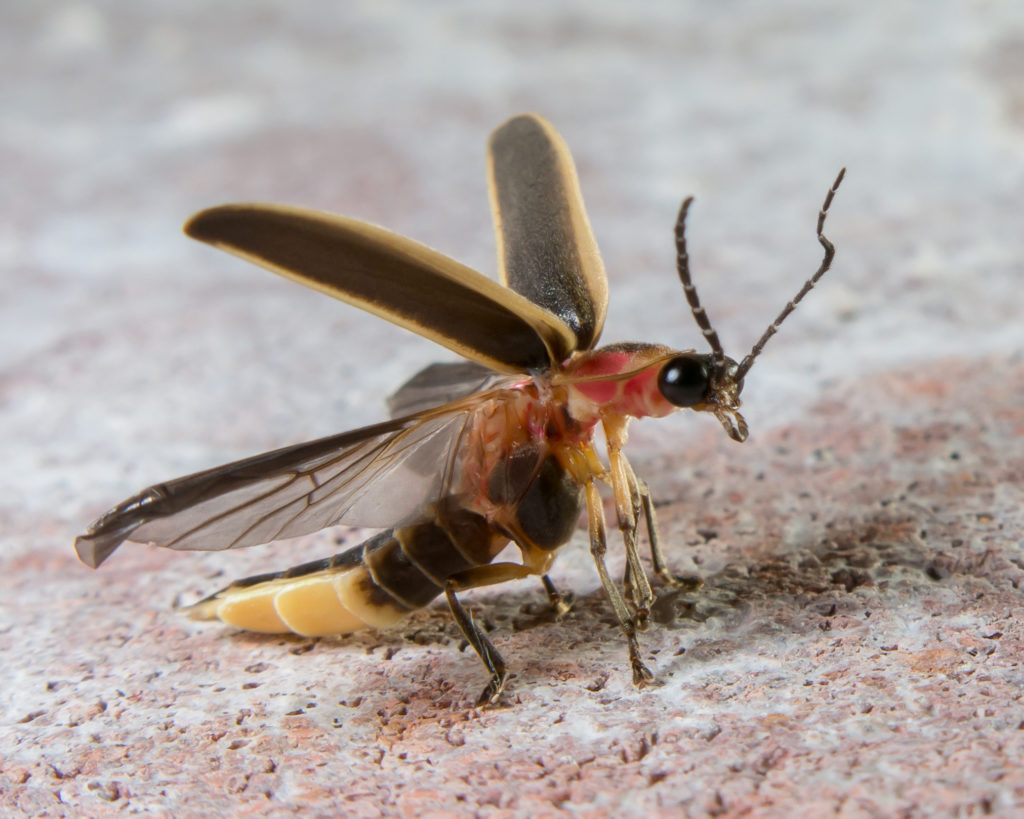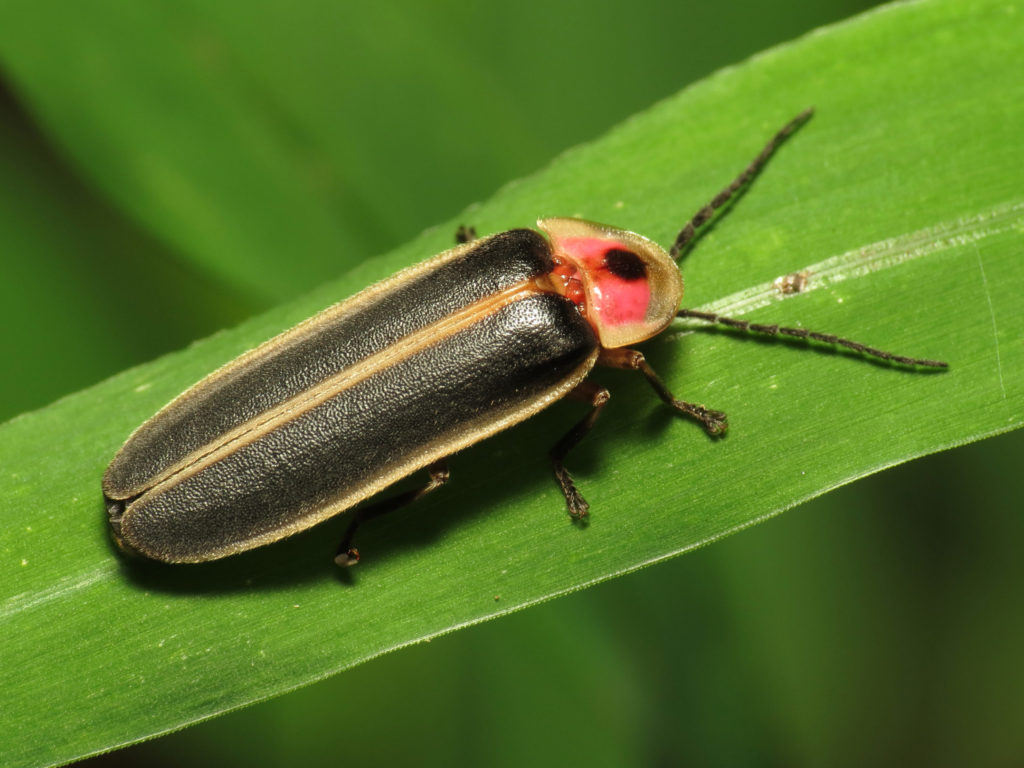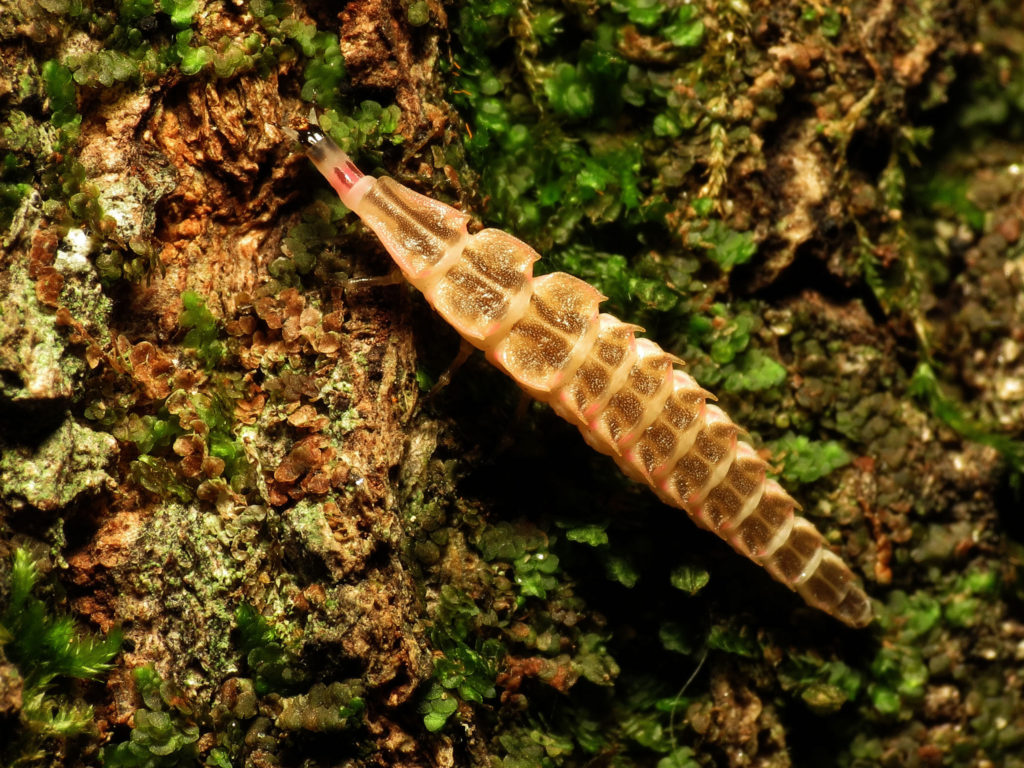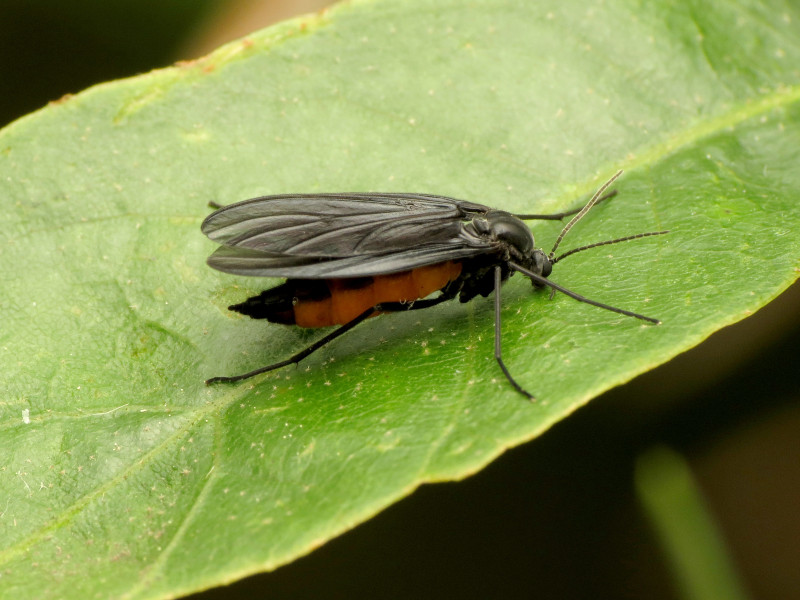As a child, did you catch fireflies (lightning bugs) and watch them in a jar? Millions of kids around the world have done just that. But, even as adults, in May, June, and July, when fireflies show up, don’t we still find them enchanting?
Did you know that fireflies aren’t flies at all? They’re beetles! And, did you know that some of them even have larvae or wingless females that glow? Called glowworms, they were the impetus for a popular 1953 tune, Glow Worm,1 sung by the Mills Brothers. There are about 2,000 firefly species that inhabit temperate and tropical climates around the world. More than 150 species are found in North America, predominately east of Kansas. They’re the state insects of Tennessee and Pennsylvania.
Fireflies belong to the order Coleoptera, and the family Lampyridae. Fossil evidence shows they date back at least 26 million years, to the Paleocene Epoch. But, sadly, they may be coming to an end because of human activities: developers are causing the loss or degradation of habitats, especially wetlands, and forests; light pollution interrupts their flash patterns, which makes it hard for them to find mates; and the use of insecticides kills not only them but also their prey.
Appearance
Fireflies vary in color, shape, size, and antennae. They range from 0.375 up to, more commonly, 1.0 inch (9.5–25 mm) in length. Their overall coloration is generally brown. Like all other insects, they have three body parts—head, thorax, and abdomen—which are protected by a hard exoskeleton (their larvae have a soft, flexible exoskeleton).

Firefly with elytra raised, hind wings exposed, preparing for flight (terry priest / Flickr; CC BY-SA 2.0)
The head has two large compound eyes and two antennae. Attached to the thorax are three pairs of legs with joints and two pairs of wings. The forewings are hardened and look a bit leathery. They’re called elytra (ELLA-truh) and cover the hind wings when the insect’s at rest. They’re raised out of the way for flight. More about an insect’s anatomy
Bioluminescence
A firefly’s light, which may be yellow, green, or orange, depending on the species, is the result of a chemical reaction called bioluminescence. The process is complex, but basically, what happens is this: first, the firefly injects oxygen into light-emitting organs, called photocytes, located on the underside of its abdomen (the location varies among species). That incites luciferase, an enzyme, to oxidize a compound called luciferin.2 The luciferin, which glows under certain conditions, responds by lighting up. Calcium and adenosine triphosphate (a molecule that produces chemical energy) also play a role.
Bioluminescent light is called “cold light” because it has no infrared or ultraviolet component, which would generate heat. The insects can start and stop reactions by controlling oxygen into their photocytes. (Some fireflies are active in the daytime and do not flash.) How beetles breathe
(Firefly video: Radim Schreiber; CC BY 3.0)
Fireflies make their light with higher efficiency than any other bioluminescent creature. It’s 40 percent efficient, which may not seem like a lot, but by comparison, a standard incandescent light bulb shines with only 10 percent efficiency.
Reproduction, life cycle
Fireflies undergo complete metamorphosis, which has four life stages: egg, larva, pupa, and adult.
Their bioluminescence is vital in the adult stage, as it helps them locate others of their kind and, more importantly, suitable mates. Their flashes follow a pattern and are species-specific but highly varied. They may be as simple as a single flash up to a series of pulsing flashes or even a continuous glow. In some cases, both sexes flash; in others, only the male. Some don’t do it at all, or only their larvae light up, and the adults do not. Others use both flashing and pheromones to attract mates. Male Synchronous Fireflies, Photinus carolinus, are multi-talented—they may either flash randomly, synchronize their flashes, or even flash in waves across the hillsides of the Great Smoky Mountains where they’re commonly found. See them on video
One of the species that doesn’t flash is the Phausis reticulata, often called the blue ghost. About the size of a grain of rice, it produces a steady glow of blue-white light for about a minute at a time. Enchanting to watch, they’re common in the southern Appalachians. Blue Ghost Fireflies There are also species with wingless females that “glow,” but they’re usually unseen because they stay hidden under leaf litter or other organic matter.
To attract females, males fly around flashing until chosen by one of the females who are observing them from the ground or while perching on vegetation. A female selects a mate based on his flash pattern (and pheromones, with some species). When one interests her, she answers with a flash of her own. A few days after mating, she lays about 500 eggs singly or in groups, in or on damp soil. In some species, the eggs glow and will flash when gently tapped. Eggs hatch in about a month.
Larvae
The larvae, sometimes called glowworms, live in rotting wood, forest litter, and under bark. They feed until the end of summer. Ahead of winter, they burrow underground or move under tree bark to hibernate for up to several years in some cases. They emerge in the spring and feed for several weeks. Then, it’s time to pupate, and they spend one to three weeks inside a hard exterior “pupal case” made up of their old exoskeleton. Inside it, their soft body transforms into a winged, sexually mature adult form. They’ll live three to four weeks, long enough to find a mate and reproduce.
Foods
Adults feed on pollen and nectar, but their lives are so short that some don’t eat. Larvae feed on worms, snails, and slugs, after injecting a paralyzing neurotoxin to subdue them. A few species have aquatic larvae that feed on aquatic snails until it’s time to move onto land.
Defenses
Fireflies use their flashes to defend their territories. But they’re also a warning to predators: bite me, and you’ll be sorry! That’s because their blood contains chemicals that are bitter-tasting to most animals and even poisonous to some. As a result, predators soon learn not to attack. (Note: Fireflies should never be fed to pet reptiles.)
Habitat
Fireflies like warmth and moisture. Most live in fields, forests, and marshes near rivers, lakes, ponds, streams, ponds, and other wet areas.
Gotcha!
You may be fooled into thinking any bug sporting a light is a firefly, but some are not. The larvae and adults of “click beetles” belonging to the genus Pyrophorus have two glowing lights on the back of their heads and one under the abdomen. Railroad worms, the larvae of beetles in the genus Phrixothrix, have green lights lined along their body and red lights on their head. These groups don’t flash, however. Glowing click beetle
Catching fireflies
Here’s the best way to do it, kids: Use a net to gently entrap fireflies. If using only your hand, don’t squeeze; they’re fragile. If you want to watch them for a while, carefully put them in a jar with a moist paper towel or some leafy twigs. Puncture the lid to let in air. Watch them for no more than a day or so and then let them go at night so they can carry on with their lives.
| 1 The Glow-Worm is a song with an interesting history: It was originally written by Paul Lincke for his 1902 operetta Lysistrata and had German lyrics. In the early 1900s, it was translated into English by Lilla Cayley Robinson and used in a Broadway musical, 1907’s The Girl Behind the Counter. Then, in 1952 American lyricist Johnny Mercer expanded and revised it. The Mills Brothers and others have recorded it. |
| 2 From Latin lucifer, meaning “light-bearer.” |
| If you see this, it must be fall: Black-and-yellow garden spiders |
| In your yard: mayflies |
| In your yard: Hymenoptera |
In your yard: Flies that don’t look like flies All about beetles







